Having worked solely in the dental sector for the last 13 years, it follows that I’ve been privy to the finances of a lot of practices. Something I’m often asked is, ‘how does my practice compare to your other clients?’ or ‘can you give me a benchmark of what my profit should be?’
In short, yes: I can tell you whether, on the surface, something looks good, bad, or even a bit odd. However, I’d also question how much knowing would really help you.
Despite the fact that you share a sector, no two dental practices are ever the same. Your practice may lead on short-term orthodontics and composite bonding, while another may focus on growing plan patients and providing good general dentistry. And if this is the case, how can you truly compare the lab costs of the two, where the treatment mix will be completely different? If you operate in central London your premises costs will likely be higher, but you may have a greater choice of clinicians.
Leaping to conclusions or making assumptions isn’t helpful in any setting, but most especially when it comes to finances and your business. Figures should always be considered in the context of your wider journey, and not just in how they compare to someone else’s.
Don’t get me wrong; I’m not saying that the surface level information isn’t helpful. Some things are standard across practices, and can be useful to look at. For instance, regardless of the practice, your materials spend should always be around 5-6% of your turnover. If yours is any higher than this, we’d probably suggest that you ask a few more questions and consider measures like renegotiating with your suppliers.
As this shows, raw information can certainly be helpful, but it’s not the end of the service. Many companies are able to provide you with a chunky management accounts document stuffed with data, but having a quantity of information doesn’t necessarily make it useful. Instead, it’s better to think about what you’re going to do with that information: taking the next step to relate these stats back to your world and your business. We call this “actionable intelligence”.
Because there’s no such thing as a one-size-fits-all solution, at Hive we offer a Quarterly Financial Appraisal. The backbone of this is, of course, good, solid data. However, the value we bring to your business is in the discussion around these numbers. This means lifting the figures off the page and unpicking the reasons for increasing or decreasing revenue and costs, and assessing how the different elements of your business model interlink. Your figures will always tell a story, but it’s the collaboration we have with you that forms the chapters.
For example, we may review your figures and identify that your wage cost is 21% of your turnover. At first glance, this is a little high; we tend to see that most private practices working at optimum efficiency and capacity have a wage bill in the region of 16-18% of turnover. The fact that your bill is higher could be due to a number of factors, and a healthy discussion is needed to establish this and the required action.
It could be that you have bold aspirations for growth and a stable team that is ready to support you in adding another £200,000 in additional revenue. In this instance, we’d want to make sure you had a plan to deliver this £200,000 growth, but in the short-term, that 21% becomes far more palatable. Conversely, it could be that you’re overstaffed or have inefficient staff and need to review your staffing structure. In this case, continuing in this way will be eating more deeply into your profit margins with every month that rolls past.
This is just one example, but it shows that answers can never be obtained from data alone. Instead, it’s our job to dig deeper, and to empower you to understand your business finances – including what’s good or bad for your practice and future plans – while challenging anecdotal theories with cold, hard facts. By doing this, you’ll be in a stronger position to see opportunities and potential savings when they arise.
These kinds of discussions are even more important if you’re looking to sell your practice. In this context, the percentage points saved on your cost base can come back eight-fold, meaning that if you’re able to make a £10,000 saving, you’ll ultimately add £80,000 on to your exit price.
If you want to get underneath the numbers of your practice, we’re here and poised to help, so do get in touch.









